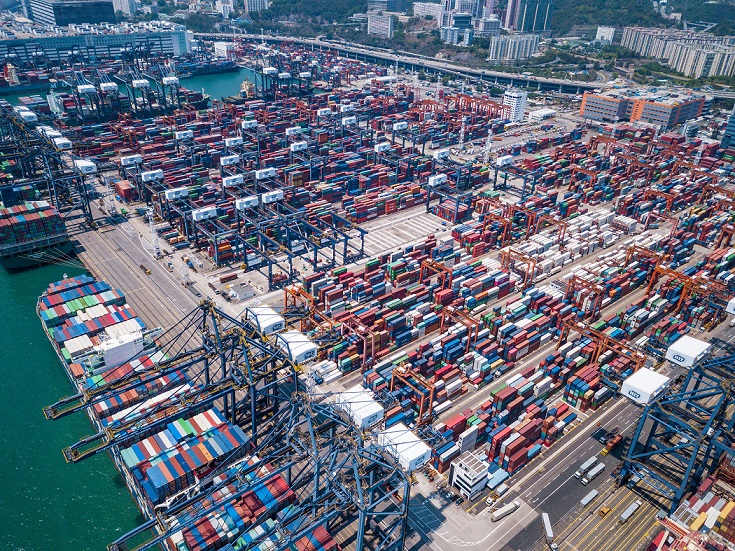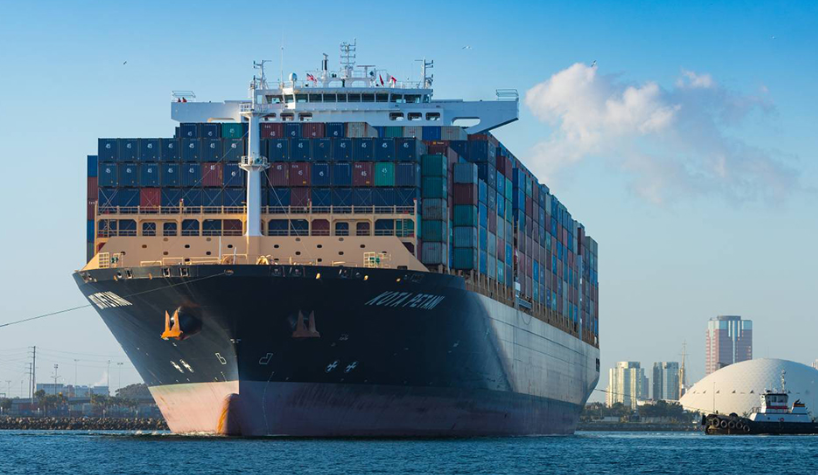Logistics
October 27, 2023
Ferrous Scrap: Export Market Report
Written by Stephen Miller
The ferrous export market in the US has experienced several geopolitical events and natural disasters during 2023. Among them are the continuation of the Russian-Ukrainian war, the earthquake in Turkey in February, and now the ongoing Israeli-Hamas Gaza conflict. They are all having an effect on world scrap prices.
In discussing the overall tenor of the export markets with a USEC-based export executive, this person shed some light on the current state of affairs with SMU.
In general, US export target markets are weakening on all fronts. Our largest export market is Turkey. Prices there are dropping amid weaker demand for reinforcing rods and other long products. Rebuilding from the earthquake has not propped up prices thus far. Offshore demand has been disappointing.
Other markets in Latin America have been very spotty. Regular exports to Mexico are now only spot buys. The steel industries in this region have been under assault by imports, mainly from the Far East.
India and Bangladesh had been solid markets for US scrap earlier this year. But over the last several months, European scrap has undercut these tonnages that US exporters were supplying. Other Southeast Asian markets have shown a lack of activity.
However, this executive said, the main reason for all these weakening markets are Chinese exports of finished and semi-finished steel. He went on to say that China’s finished steel export tonnage in the January-September period rose 31% year over year (YoY) to 66 million metric tons.
In September alone, China exported 8 million metric tons, which was a 62% increase YoY. In addition, their exports of semi-finished steel in the January-August period hit 2.2 million metric tons for an increase of 147%. This has certainly had a worldwide effect on global scrap demand. Needless to say, US exporters are concerned about this evolving situation.
SMU spoke to a Southeast Asian-based steel trader who confirmed China is the lowest-priced slab and billet supplier, except for the sanctioned countries of Russia and Iran. He said “both of these sanctioned nations have limited sales options. The current billet prices are now about $470-480 per metric ton FOB and are trending down.”
If these steel export trends continue, material from China will continue to supplant demand from domestic mills in those countries. The importation of cheap billets and slabs will further reduce the demand for imported scrap as well, much of it being of US-origin.





